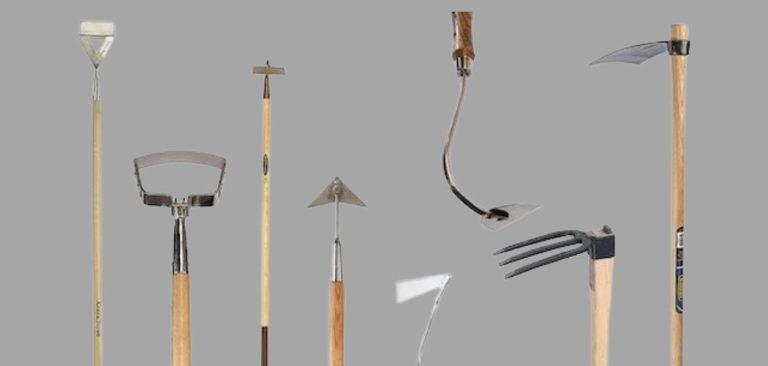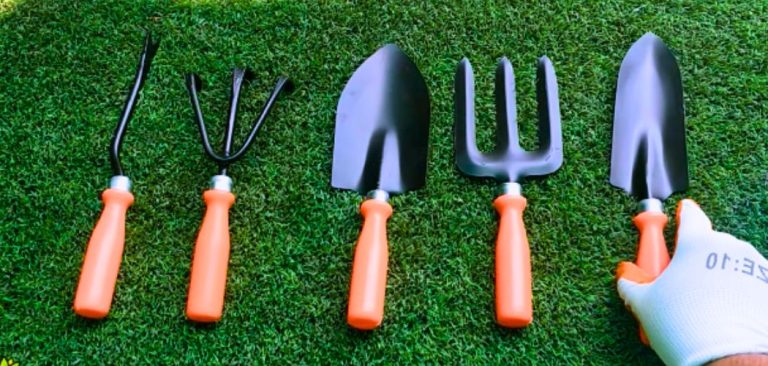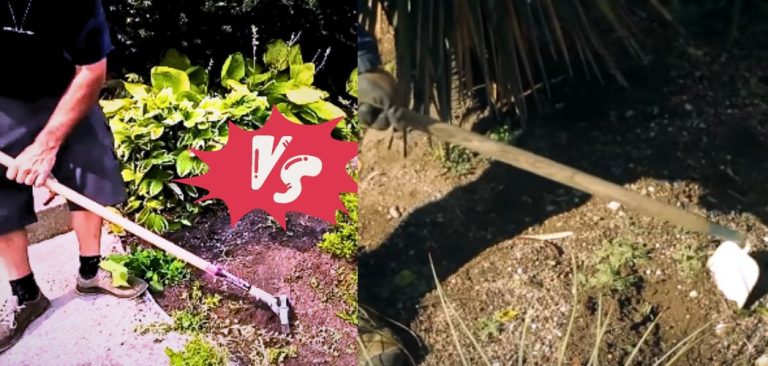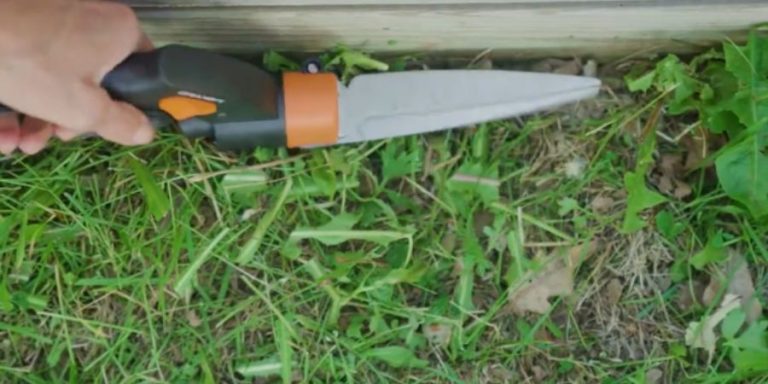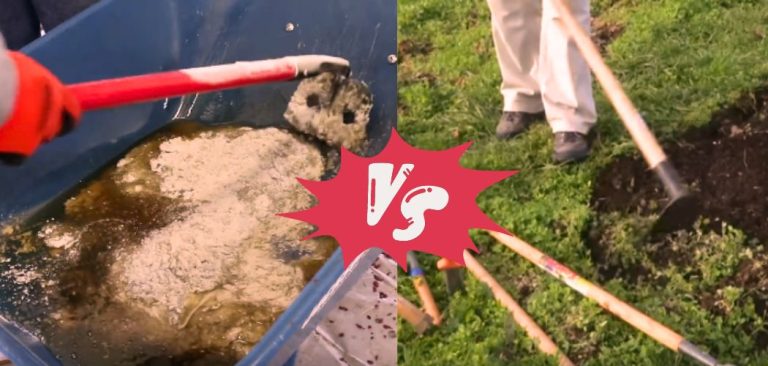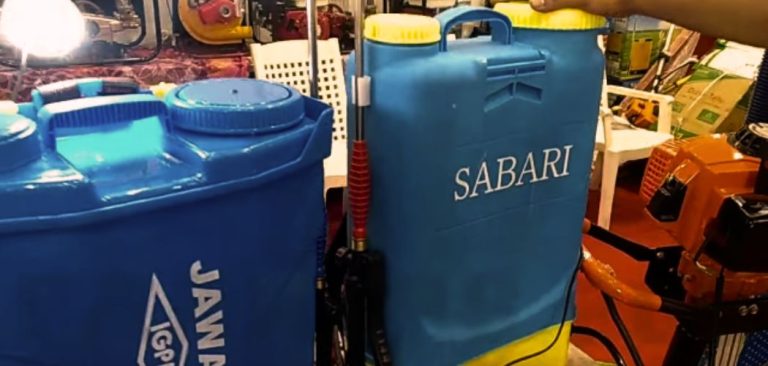“Unleashing the Versatility of Your Garden with Digging Fork Uses”
In agriculture, a digging fork – also known as a pitchfork – is a versatile tool that has been helping farmers and gardeners alike get their agricultural work done for centuries.
With its sharp tines and sturdy handle, the digging fork is well-suited to a wide range of tasks, from breaking up soil and turning compost to loading hay or manure. In this article, we’ll take a closer look at the
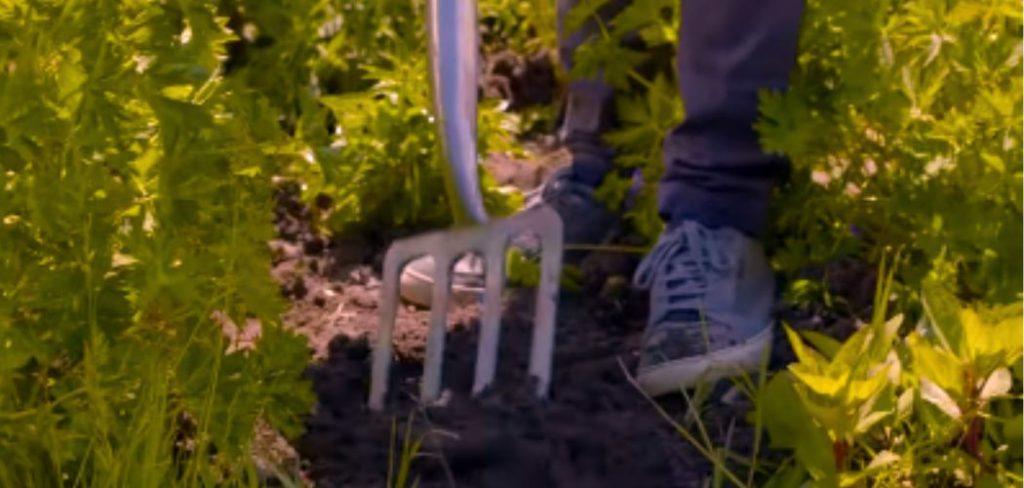
different uses of a digging fork in agriculture.
Breaking Up Soil: One of the most common uses of a digging fork is for breaking up compacted soil. By inserting the tines into the soil and using leverage to twist and turn the fork, the tool can help break up soil clumps, aerate the soil, and create channels for water and nutrients to penetrate.
Turning Compost: Another use of a digging fork is for turning compost piles. By piercing the compost pile with the fork and using leverage to turn over the compost, the fork can help encourage oxygen to penetrate the pile, speeding up the decomposition process and producing richer, more fertile compost.
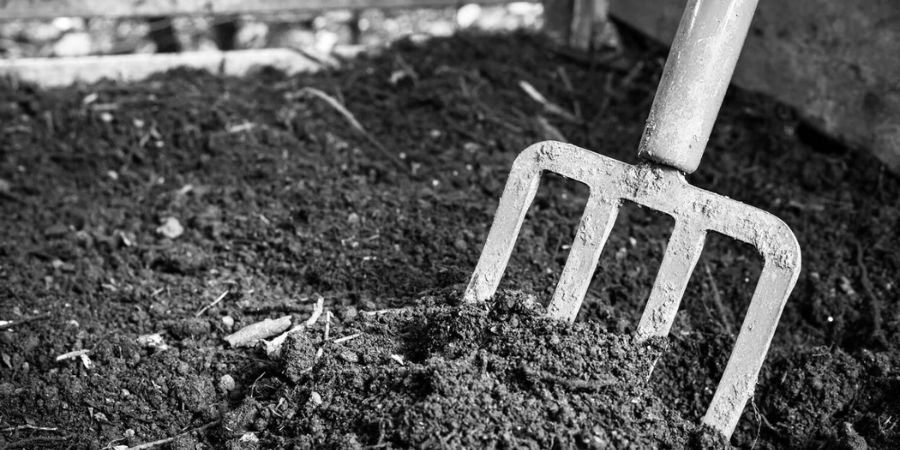
Harvesting Root Vegetables: Digging forks are also useful for harvesting root vegetables like potatoes, carrots, and beets. By inserting the tines around the base of the plant and lifting gently, the fork can help loosen the soil and lift the entire plant out of the ground, without damaging the vegetables.
Loading and Transporting Hay or Manure: Digging forks are also essential for loading and transporting hay or manure. The sharp, curved tines of the fork can help penetrate dense hay bales or manure piles, enabling the farmer or gardener to lift and move large amounts of material at once.
Removing Weeds and Debris: Digging forks can also be used for removing weeds and debris from garden beds. By inserting the tines near the base of weeds or other unwanted plants and pulling upward, the fork can help remove the entire plant, including the roots.
Creating Trenches: Finally, digging forks can also be useful for creating shallow trenches for planting seeds, laying irrigation lines, or burying compost or fertilizer. By dragging the tines along the ground, the fork can help create a neat, straight line that is perfectly suited to the task at hand.
Benefits of digging fork
There are several benefits to using a digging fork in agriculture. Here are a few:
Versatility: One of the biggest benefits of a digging fork is its versatility. With a digging fork, you can accomplish a wide range of tasks, from breaking up soil to harvesting root vegetables to removing weeds.
Less Soil Compaction: Unlike some heavier machinery, digging forks are lightweight tools that won’t compact soil as much as tractors and other heavy equipment. This can help preserve soil health and prevent damage to the ecosystem.
More Control: When you use a digging fork, you have more control over the task at hand. Whether you’re breaking up soil, turning compost, or removing weeds, the sharp tines of the fork give you precise control over the task, enabling you to work with greater accuracy and precision.
Economical: Digging forks are relatively economical compared to other agricultural tools and machinery, making them a cost-effective choice for small farmers or home gardeners.
Natural Fertilizing: When you turn over compost with a digging fork, you’re helping to increase oxygen flow, speed up the decomposition process, and create richer, more fertile compost that can be used to nourish soil and plants.
Physical Exercise: Using a digging fork can also provide a good workout, helping to build upper body strength and improve cardiovascular health.
Eco-Friendly: Finally, digging forks are an eco-friendly choice for farmers and gardeners who want to reduce their impact on the environment. By using a hand tool like a digging fork instead of heavy machinery, it’s possible to reduce the carbon footprint of agriculture, helping to preserve the planet for future generations.
How to use a digging fork ?
Using a digging fork properly is essential to getting the most out of this versatile tool. Here is a step-by-step guide on how to use a digging fork:
Choose the Right Fork: The first step in using a digging fork is to choose the right tool for the task at hand. You may need a different type of fork depending on whether you’re breaking up soil, turning compost, or harvesting root vegetables.
Grip the Handle: Once you have the right fork, grip the handle firmly with both hands, positioning your hands near the base of the handle for greater leverage.
Approach the Task: Approach the task you want to accomplish, whether it be breaking up soil, turning compost, or harvesting vegetables, and position the fork accordingly.
Insert the Tines: Insert the tines of the fork into the soil or compost pile, taking care not to let them touch any rocks or other obstructions that could blunt the tips.
Apply Pressure: Apply pressure to the handle of the fork, using your body weight to help drive the tines into the soil or compost pile.
Lift and Twist: Once the tines are fully inserted, lift the fork upwards, twisting slightly to help loosen the soil or material. Repeat as necessary until the desired depth or texture is achieved.
Pull Up Weeds: To pull up weeds, insert the tines of the fork near the base of the plant, taking care to penetrate deeply into the soil. Then, pull upwards on the handle of the fork to lift the weed and its roots out of the ground.
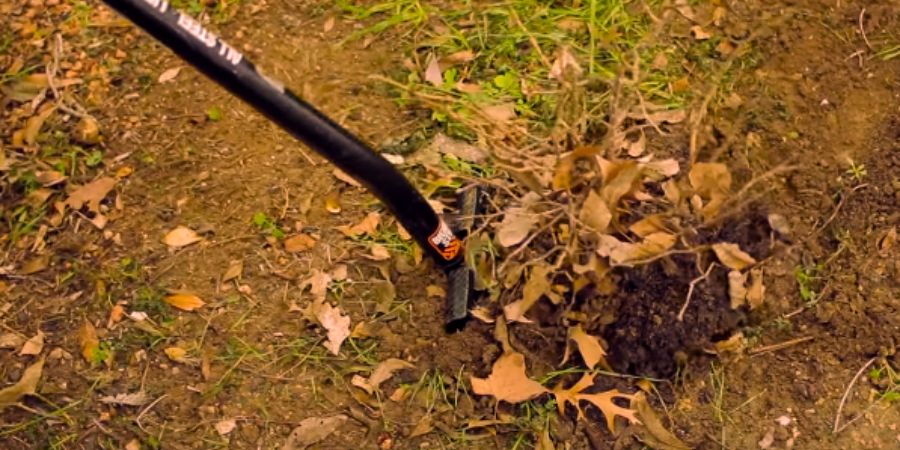
Harvest Root Vegetables: To harvest root vegetables, insert the tines of the fork around the base of the plant and lift gently, taking care not to damage the vegetables.
Load Hay or Manure: To load hay or manure, insert the tines of the fork into the pile, using leverage to lift and transport large amounts of material at once.
Store and Maintain: When you’re finished using your digging fork, store it in a cool, dry place to prevent rusting. Check the tines and handle regularly for signs of wear and tear, and replace them as needed.
By following these simple steps, you can make the most out of your digging fork and accomplish a wide variety of agricultural tasks with ease and precision.
FAQs
How is digging for use utilized in construction?
In construction, digging for use involves excavating the ground to lay foundations, installing utility lines, creating trenches for drainage systems, and preparing the site for building structures.
What is the significance of digging for use in landscaping?
Digging for use in landscaping involves tasks such as excavating ponds, creating garden beds, installing drainage systems, and shaping the terrain to enhance the aesthetic appeal and functionality of outdoor spaces.
How is digging for use applied in mining?
In mining, digging for use involves extracting valuable minerals and ores from the earth by excavating mines, tunnels, and shafts to access underground deposits.
conclusion
In conclusion, the digging fork is a versatile, economical, and eco-friendly tool that remains an indispensable part of any farmer or gardener’s toolkit. Whether you’re breaking up soil, turning compost, harvesting root vegetables, or loading hay, the digging fork provides precise control, less soil compaction, and a natural way to fertilize soil.
By using a digging fork, you can enjoy the benefits of physical exercise and reduced environmental impact while getting the job done.
Read also:-

